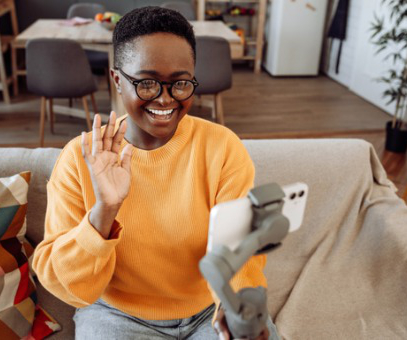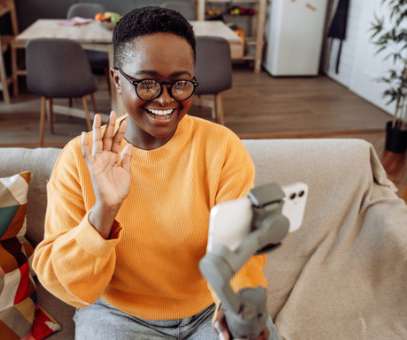Bridging the Gap: Overcoming Barriers in Higher Ed for Students with Disabilities including Neurodivergent Learners
Faculty Focus
AUGUST 13, 2023
We also list a few simple suggestions for improving learning spaces. Learning spaces I. In-person: There are two approaches to accessibility in academia—accommodations and universal design. We are responsible for creating courses and learning spaces that embrace the rich diversity of our students.











Let's personalize your content